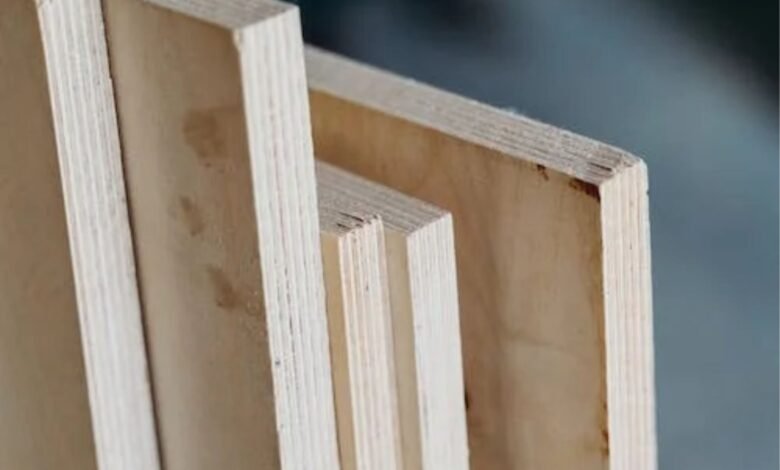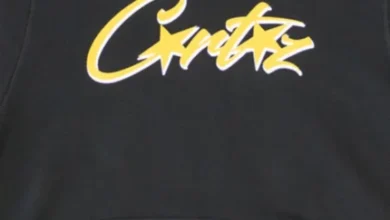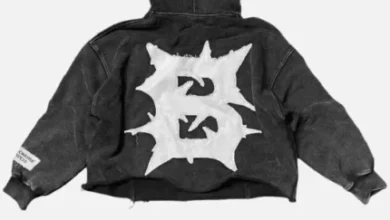How to choose best plywood?
Plywood is a versatile and widely used engineered wood product that plays a crucial role in various construction and woodworking projects.

Whether you’re a professional contractor or a DIY enthusiast, selecting the right plywood can make a significant difference in the quality and durability of your work. In this guide, we’ll explore the factors to consider when choosing plywood, its advantages, costs, and provide you with the knowledge needed to make an informed decision.
Understanding Plywood Basics
Before delving into the selection process, it’s essential to understand what plywood is and how it’s made.
What is Plywood?
Plywood is an engineered wood panel made by gluing together thin layers of wood veneer. These layers, called plies, are typically arranged with their wood grain running perpendicular to each other for added strength and stability.
How Plywood is Manufactured
- Log selection and debarking
- Cutting logs into veneers
- Drying the veneers
- Applying adhesive between layers
- Pressing and bonding the layers
- Trimming and sanding the panels
Factors to Consider When Choosing Plywood
To select the best plywood for your project, consider the following factors:
1. Grade
Plywood grades indicate the quality of the wood veneers used on the face and back of the panel. Common grades include:
- A: Highest quality, smooth surface with minimal defects
- B: High quality with some minor repairs
- C: Lower quality with visible defects
- D: Lowest quality with numerous defects
2. Type
Different types of plywood are designed for specific uses:
- Softwood plywood: General construction and utility purposes
- Hardwood plywood: Furniture and cabinetry
- Marine plywood: Water-resistant applications
- Aircraft plywood: High-strength, lightweight applications
- Decorative plywood: Attractive face veneers for visible surfaces
3. Thickness
Plywood thickness ranges from 1/8 inch to 1 1/4 inches. Choose based on your project requirements and load-bearing needs.
4. Number of Plies
More plies generally indicate higher quality and greater strength. Common ply counts include:
- 3-ply
- 5-ply
- 7-ply
5. Core Type
The core material affects the plywood’s strength and performance:
- Veneer core: All wood layers
- Composite core: Made with particleboard or MDF
- Combination core: Mix of veneer and composite materials
6. Adhesive Type
Different adhesives are used based on the plywood’s intended use:
- Interior: Urea-formaldehyde adhesive
- Exterior: Phenol-formaldehyde adhesive
- Marine-grade: Waterproof adhesive
7. Face Veneer Species
The type of wood used for the face veneer affects appearance and durability:
- Softwoods: Pine, fir, cedar
- Hardwoods: Oak, maple, birch, mahogany
Advantages of Plywood
Plywood offers numerous benefits that make it a popular choice for various applications. Let’s explore some key advantages:
- Strength and Durability: The cross-laminated structure of plywood provides exceptional strength and resistance to warping, twisting, and shrinking.
- Versatility: Plywood can be used in a wide range of applications, from construction to furniture making.
- Cost-effective: Compared to solid wood, plywood often offers better value for money, especially for large surface areas.
- Dimensional Stability: Plywood maintains its shape and size better than solid wood, even with changes in humidity and temperature.
- Easy to Work With: Plywood can be easily cut, shaped, and fastened using common woodworking tools.
- Aesthetically Pleasing: With various face veneer options, plywood can provide attractive surfaces for visible applications.
- Environmentally Friendly: Plywood makes efficient use of wood resources, as it can be made from smaller, faster-growing trees.
- Insulation Properties: Plywood provides some degree of thermal and sound insulation.
- Uniform Strength: Unlike solid wood, plywood has consistent strength across its entire surface.
- Availability: Plywood is widely available in various grades, types, and sizes to suit different project needs.
Cost of Plywood
The cost of plywood can vary significantly based on several factors. Here’s a breakdown of what influences plywood prices:
Factors Affecting Plywood Cost
- Grade
- Type
- Thickness
- Number of plies
- Face veneer species
- Size of the sheet
- Market demand and supply
- Transportation costs
Price Range Table
Here’s a general price range table for different types of plywood (prices may vary by region and supplier):
| Plywood Type | Price Range (per 4×8 sheet) |
|---|---|
| Construction-grade softwood | $15 – $35 |
| Hardwood (Oak, Maple) | $40 – $100 |
| Marine-grade | $70 – $150 |
| Baltic Birch | $50 – $120 |
| Decorative | $60 – $200+ |
Note: These prices are approximate and can fluctuate based on market conditions and specific product characteristics.
How to Select the Best Plywood for Your Project
Now that we’ve covered the basics, let’s walk through the process of choosing the right plywood for your specific needs:
- Determine the application: Is it for interior or exterior use? Structural or decorative?
- Consider the environment: Will the plywood be exposed to moisture or extreme temperatures?
- Assess load-bearing requirements: For structural applications, choose appropriate thickness and grade.
- Evaluate appearance needs: For visible surfaces, select a suitable face veneer and grade.
- Check building codes: Ensure the plywood meets local building regulations for your intended use.
- Compare costs: Balance quality requirements with your budget constraints.
- Inspect before purchase: Look for defects, warping, or damage in the sheets you’re considering.
- Consider sustainability: Look for plywood certified by organizations like FSC (Forest Stewardship Council) if environmental concerns are important to you.
Tips for Working with Plywood
To get the best results from your chosen plywood, keep these tips in mind:
- Use sharp tools to minimize splintering when cutting
- Apply edge banding or trim to hide exposed edges
- Pre-drill holes near edges to prevent splitting
- Store plywood flat to prevent warping
- Allow plywood to acclimate to the environment before use
- Use appropriate fasteners and adhesives for the plywood type
- Sand edges and surfaces for a smoother finish
- Apply a suitable finish to protect the wood and enhance its appearance
Common Plywood Alternatives
While plywood is versatile, there are situations where alternatives might be more suitable:
- Medium-Density Fiberboard (MDF): Smooth surface, good for painting
- Oriented Strand Board (OSB): Less expensive, used in construction
- Particleboard: Economical choice for non-structural applications
- Hardboard: Thin, dense panels for various uses
- Solid Wood: For high-end furniture or visible structural elements
Conclusion
Choosing the best plywood involves carefully considering factors such as grade, type, thickness, and intended use. By understanding the advantages of plywood and its cost considerations, you can make an informed decision that balances quality, performance, and budget. Remember to inspect your plywood before purchase and follow best practices when working with it to ensure the best results for your project.
Q: What is the strongest type of plywood?
A: Marine-grade plywood is generally considered the strongest due to its high-quality veneers and waterproof glue.
Q: Can plywood be used outdoors?
A: Yes, exterior-grade plywood with water-resistant adhesives is suitable for outdoor use.
Q: How long does plywood last?
A: Properly maintained and protected plywood can last for decades, especially when used in interior applications.
Q: Is plywood eco-friendly?
A: Plywood can be eco-friendly, especially when sourced from sustainably managed forests and certified by organizations like FSC.
Q: Can plywood be painted or stained?
A: Yes, plywood can be painted or stained. Proper surface preparation is key for best results.
Q: What’s the difference between plywood and MDF?
A: Plywood is made from layers of wood veneer, while MDF is made from wood fibers compressed with resin. Plywood is generally stronger and more moisture-resistant.
Q: How do I prevent plywood from warping?
A: Store plywood flat, allow it to acclimate to the environment before use, and apply finishes to all surfaces to minimize moisture absorption.
Q: Is plywood fire-resistant?
A: Standard plywood is not fire-resistant, but fire-retardant treated plywood is available for applications requiring enhanced fire safety.
Q: Can I use plywood for flooring?
A: Yes, certain grades of plywood are suitable for subflooring or as a base for other flooring materials.
Q: How do I know if plywood is good quality?
A: Check the grade, examine the face for defects, ensure it’s flat and not warped, and verify that the edges are straight and clean.
By following this guide, you’ll be well-equipped to choose the best plywood for your projects, understanding its advantages and considering its costs. Remember to always prioritize quality and suitability for your specific application to ensure the best results and longevity of your work.



